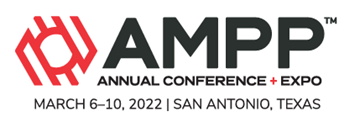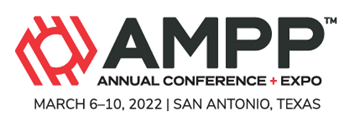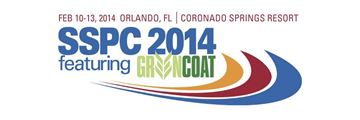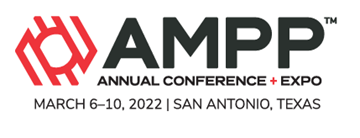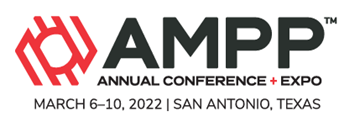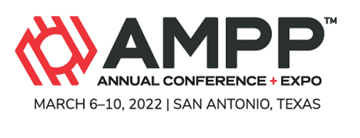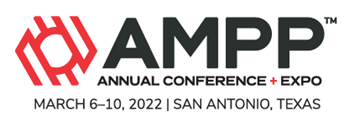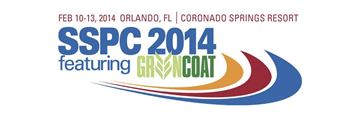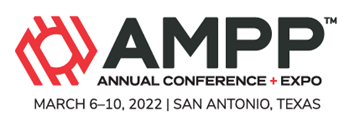Search
Coatings and Linings
View as
Sort by
Display
per page
Development Of The NACE “MR-01-75” And NACE “TM-01-77” Standards: Part II – Accelerated Material Qualification Testing In Sour Environments At Near Atmospheric Pressure
Product Number:
51322-17516-SG
Publication Date:
2022
$20.00
Developments In Abrasive Blast Nozzle Technology: Reducing Noise Exposure While Preserving Nozzle Performance And Usability
Product Number:
51322-18086-SG
Publication Date:
2022
$20.00
Dimensional Profiling: Providing Sustainable Slip Resistance with a Known Approximate Static Co-Efficient of Sliding Friction Value
Product Number:
41214-846-SG
Publication Date:
2014
$20.00
Downhole Sour Corrosion And Scale Deposition In Oil Wells
Product Number:
51322-17694-SG
Publication Date:
2022
$20.00
Dual Functional Corrosion Inhibitor Design And Testing For Top-Of-Line And Bottom Of Line Corrosion
Product Number:
51322-17787-SG
Publication Date:
2022
$20.00
Durability Assessment of Foul-release Coatings
Product Number:
41212-715-SG
Publication Date:
2012
$20.00
Effect Of Environmental Parameters On Atmospheric Corrosion Of Infrastructures Of Canada
Product Number:
51322-17819-SG
Publication Date:
2022
$20.00
Effect Of H2S On The Performance Of Welded 13% Cr Steel In Supercritical CO2
Product Number:
51322-17886-SG
Publication Date:
2022
$20.00
Effect of Heat Treatment Temperature on the Corrosion Protection Performance of Thermal Sprayed Aluminum Coating
Product Number:
41214-844-SG
Publication Date:
2014
$20.00
Effect Of Inhibitor Component On Inhibitor Efficiency - Inhibitor Types And Intensifier-
Product Number:
51322-17791-SG
Publication Date:
2022
$20.00
Effect Of Soil Environment On Hydrogen Embrittlement Behavior Of X60 Steel
Product Number:
51322-17705-SG
Publication Date:
2022
$20.00

